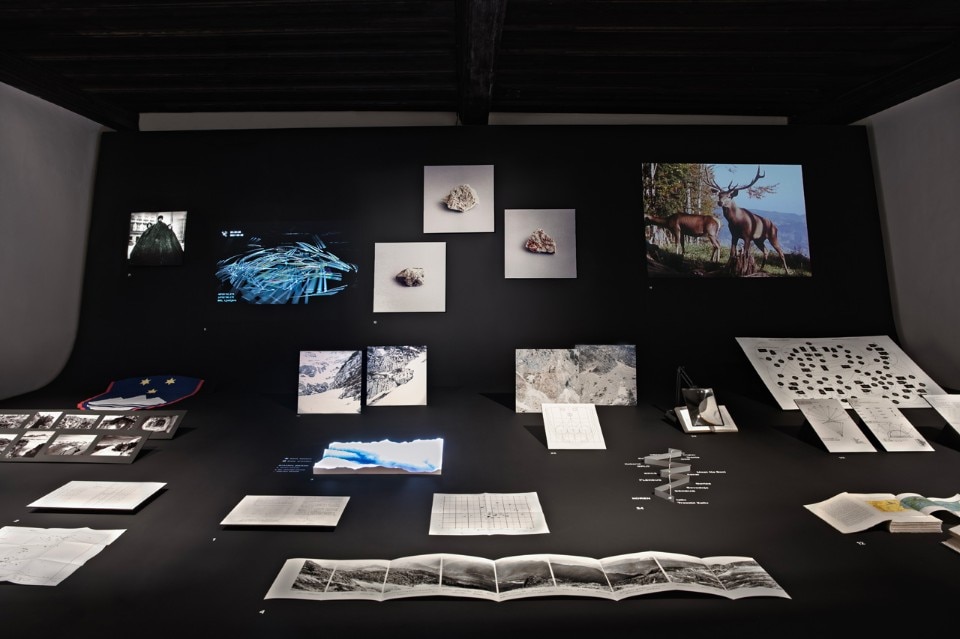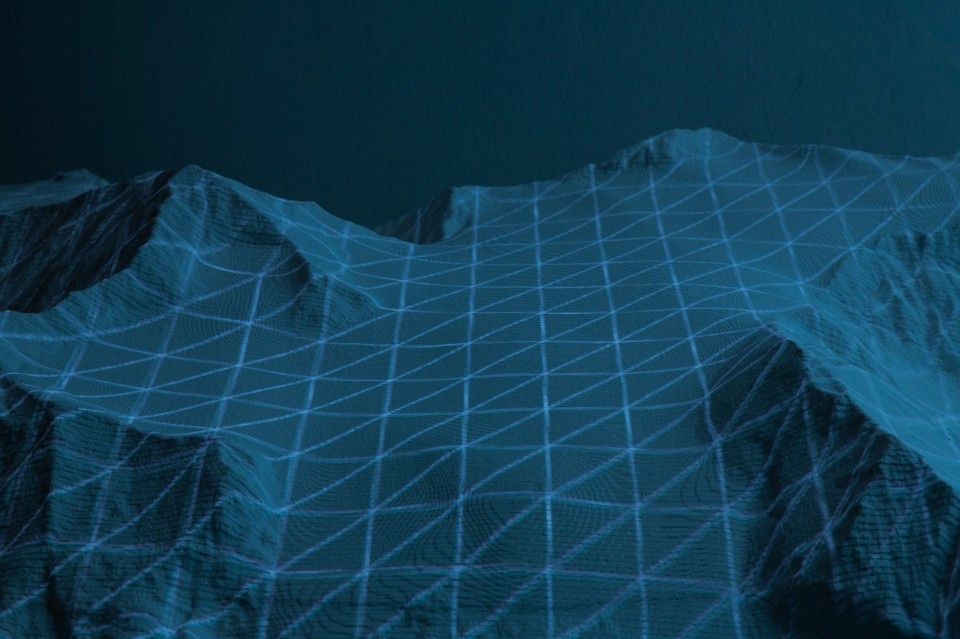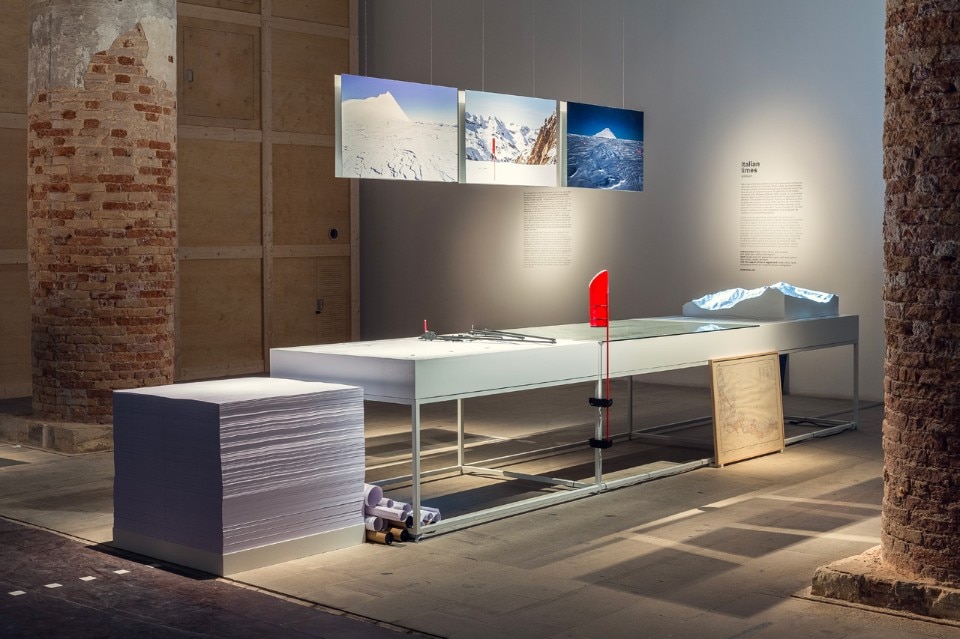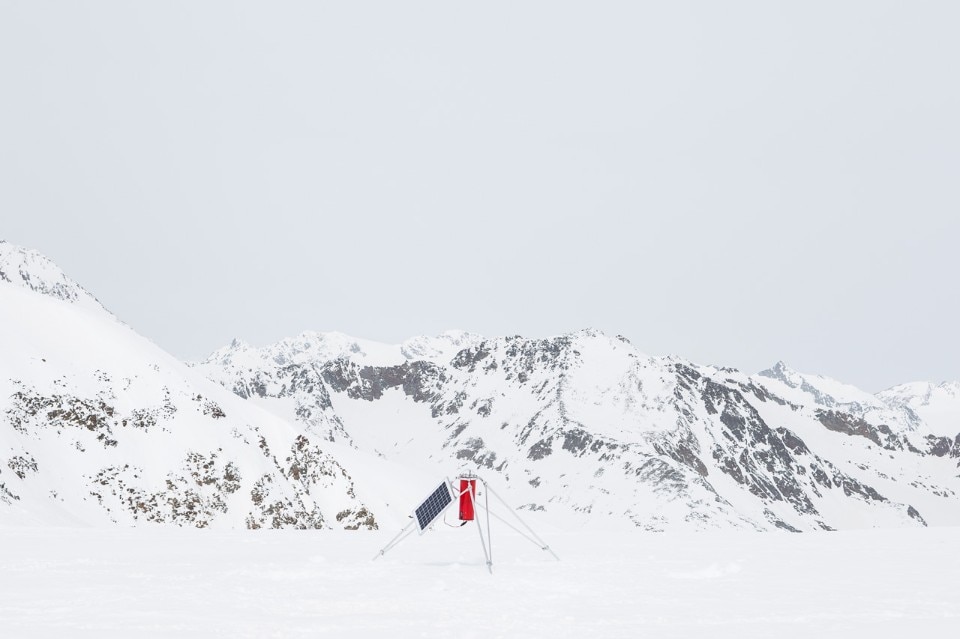Marco Petroni: You describe yourselves as an agency working at the cross-point of culture-development languages within the dynamics of our daily lives. Let us start there. Can you clarify the contents of your practice and how your work is organised?
Studio Folder: The decision to adopt the term agency was prompted by the desire to produce projects with an operational worth, thanks to a continuous focus on the similarities and differences between strongly research-centred works and others more closely linked to a client’s brief, often functional to cultural and production situations. We always try to activate a network of relationships between the people working with us and to push the contents we handle towards research, including those projects in which we are simply responding to a specific client brief. The work is conducted in several stages, drawing in different professional figures according to the project, and it is generally developed on two levels: organisation and research translated via the language of design. This is an unresolved dichotomy that always injects unpredictability into the action. Perhaps this division comes from our training, Marco’s linked to architecture and that of Elisa to visual communication. The topic of portrayal is core to our projects, along with those of area, technology and information design. This attitude is open to recording the world’s phenomena and understanding how these hybrid processes can alter the perception, identity and status of the places we pass through.
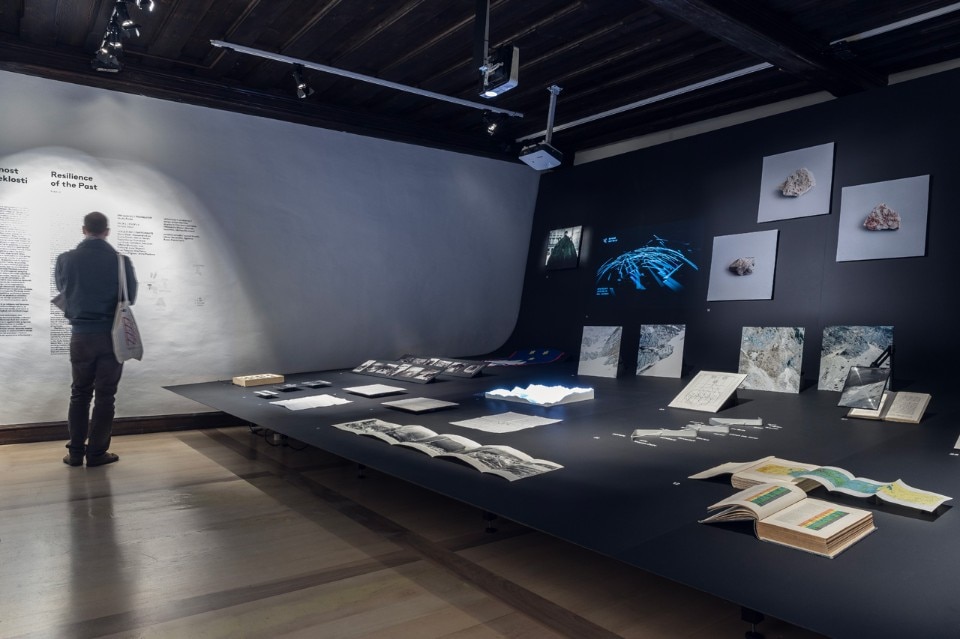
Marco Petroni: The 25th Ljubljana Biennial of Design is on, where you presented Resilience of the past/The value of land, an exploration of Slovenia highlighting one of your reference topics: that of the boundary, confine or border. How did you develop this new design opportunity?
Studio Folder: Angela Rui and Maja Vardjan (BIO25 curators) asked us to work in two very different places: MAO, the Ljubljana Museum of Architecture and Design; and the upper Isonzo valley, close to the border with Italy. The design team we were asked to coordinate was a mixed group, a total of ten designers, photographers and researchers. We came up against certain constraints, dictated primarily by the area’s strong historical characterisation (WW1, linked to the memory of the events of Kobarid/Caporetto) and the long time it took to enter into contact with a community unknown to us. The most obvious risk that immediately arose was that of touching on the rhetoric and engaging with the nostalgic marketing that still marks the areas. Dialogue with the Slovenian philosopher Renata Salecl (invited by the curators to join the project scenario) triggered an intense exchange that produced the work developed over seven months. The link between the two interventions was a study of the actual area, a macro-theme annulling spaces and linking nearly 100 years of history since WWI. This investigation – a mapping that uncovered narrative threads – of stories linked to the valley made us relaise how fascinating the margins between the different scales of these stories are for us today. Projections, photographs, documents, objects and films (gathered from archives and produced ex novo) are structured as micro-stories and starting points for rethinking History, a method that makes you realise that the difference in scale – not just physical but as a writing method – generates continuous movement packed with time and space references.
Marco Petroni: I was struck by a reference to the Slovenian collective OHO in the MAO installation. Do you see analogies with the practices of this key 1960s’ avant-garde group that employed drawings, images, videos, sounds and other media to construct a vision of the world?
Studio Folder: OHO’s work was one of the greatest surprises of the entire research process, which enabled us to learn about and explore the work by this group of Slovenian artists. It was a hugely important encounter because many of their art projects were developed close to the Isonzo valley and, more importantly, for the way they investigated and approached the area. OHO’s practice addressed a pressing topic and linked it to real-life experience, in a total connection between action and portrayal. The reassessment of the simplicity of life and work – intellectual and not just material – close to the land is a distinctive OHO trait and was truly liberating for us. OHO saw the value of the land as undefinable and viewing their work taught us that it is a life practice. Living the land does not have political value alone; it is something that is timeless, simply human experience.
Marco Petroni: You adopt a transdisciplinary gaze to trace maps that are sometimes imaginary and other times more real. This approach links philosophy, architecture, history, geography to the experience of a place. How important is the relational and visual approach in your work?
Studio Folder: We work synthetically but always try to produce diagrams rather than images. We see no other solution for research except the portrayal of what we see within its own context, highlighting the connections and influences while always striving to make the work method legible, so that every created meaning is reversible and open to other manipulations. The focus on information architecture allowed us to pass through several languages in this manner: our research crosses the boundaries set by the individual disciplines, opening up to a more mixed dimension, and this hybridisation is far more stimulating.
Marco Petroni: You participated in Bruno Latour’s important cultural operation with the “Reset Modernity” exhibition at ZKM in Karlsruhe. What are your thoughts on the theme suggested by the French philosopher?
Studio Folder: We are very much in line with Latour’s thought and his vision of Gaia and technology. We revised and expanded the Italian Limes project for the exhibition at ZKM in Karlsruhe, involving a group of glaciology and geophysics experts as the scientific heads of a campaign gathering data on glaciers. This gave us close-up insight into the scientific work method, revealing that it, too, is always linked to a specific operational context, to the physical sphere and its conditions. In this expanded version, Italian Limes clarifies that our interest in portrayal is linked to observation, unpredictability and fallibility.
Marco Petroni: Italian Limes is one of your studio’s best-known projects. Why do you think working on the topic of boundary is important to the project culture?
Studio Folder: Boundaries are simply a historic and geographic invention; what seems like a barrier is the fruit of an arbitrary portrayal distorted by political or ideological motivations. We are interested in exploring the possibility of changing boundaries because it allows us to highlight this reality and to bring an abstract convention closer to the human timescale. This disclosure can become perceptible and be experienced.
Marco Petroni: How do you foment your research? Are there any designers you follow and whose work you appreciate in particular?
Studio Folder: Our interests are fuelled by reading a wide array of things and close observation of what is happening in visual research into technology, geopolitics, territory and identity. Contemporaries who are a constant inspiration for our work certainly include designers, artists and architects such as Joseph Grima, Trevor Paglen, James Bridle, Eyal Weizman, Olafur Eliasson, Tomás Saraceno and Camille Henrot, to mention but a few. Our work stems from a network of frequent partnerships with extraordinary creators and curators including: Ben Vickers (Serpentine Galleries), Antonio Ottomanelli (Planar), Delfino Sisto Legnani (MEGA), Ethel Baraona Pohl and César Reyes Nájera (dpr-barcelona), Kei Kreutler, Ippolito Pestellini Laparelli (OMA), Cino Zucchi, Jan Boelen (Z33) and many more, as well as longstanding collaborators such as Pietro Leoni and Alessandro Mason.
Marco Petroni: Future projects?
Studio Folder: We are working on numerous projects in fields ranging from art to architecture and publishing. In this last context, we are currently focusing on a book on Italian Limes to be published in 2018 as part of the “Columbia Books on Architecture and the City” series, a co-publication by Columbia University Press and ZKM. The book, edited by Studio Folder with Andrea Bagnato, will primarily offer an opportunity to broaden the critical gaze to issues raised by the project.

